-
 Reishi Herbal Tea, Relax
Reishi Herbal Tea, Relax
$ 36.00 -
 Organic Mulberry Tea by Shimane Organic Farm
Organic Mulberry Tea by Shimane Organic Farm
Sold Out -
 Organic Kikuimo Jerusalem Artichoke Tea by Shimane Organic Farm
Organic Kikuimo Jerusalem Artichoke Tea by Shimane Organic Farm
$ 35.00 -
 Adlay Tea by Shimane Organic Farm
Adlay Tea by Shimane Organic Farm
Sold Out -
 Persimmon Leaf Tea by Shimane Organic Farm
Persimmon Leaf Tea by Shimane Organic Farm
Sold Out -
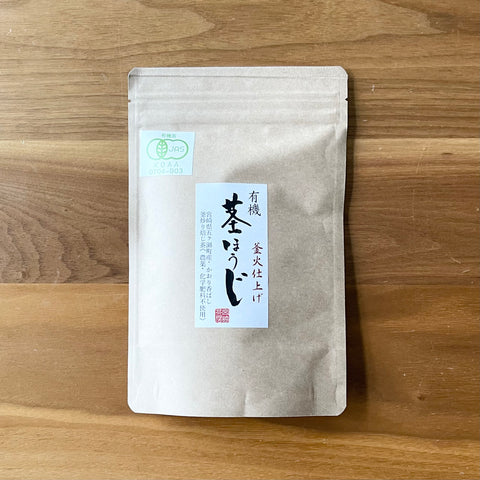 Organic Stem Hojicha by Miyazaki Sabou
Organic Stem Hojicha by Miyazaki Sabou
$ 22.00 -
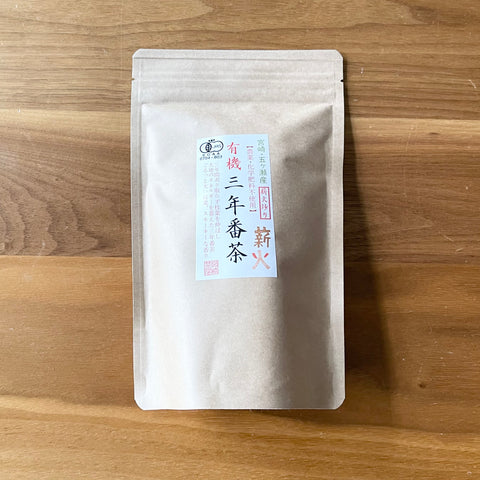 Organic 3 Year Aged Bancha (For Boiling) by Miyazaki Sabou
Organic 3 Year Aged Bancha (For Boiling) by Miyazaki Sabou
Sold Out -
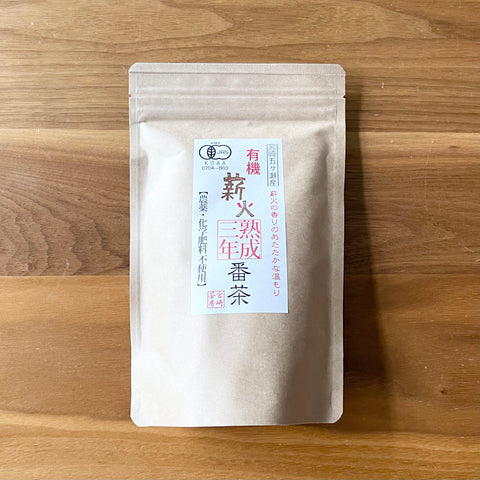 Organic 3 Year Aged Bancha (For Brewing) by Miyazaki Sabou
Organic 3 Year Aged Bancha (For Brewing) by Miyazaki Sabou
Sold Out -
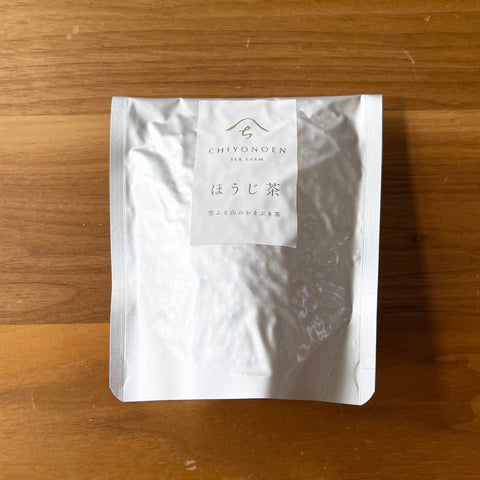 Organic Hojicha by Chiyonoen
Organic Hojicha by Chiyonoen
Sold Out -
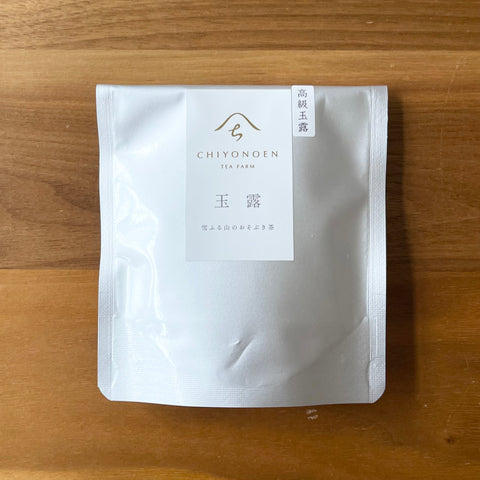 Gyokuro by Chiyonoen
Gyokuro by Chiyonoen
Sold Out -
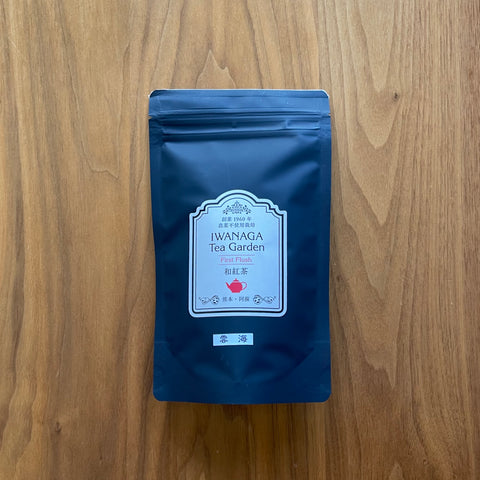 Unkai 1st Harvest Japanese Black Tea by Iwanaga Tea Garden
Unkai 1st Harvest Japanese Black Tea by Iwanaga Tea Garden
$ 28.00 -
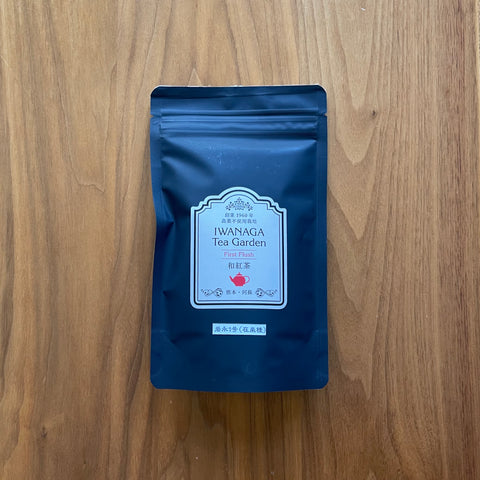 Iwanaga No.1 1.5th Harvest Japanese Black Tea by Iwanaga Tea Garden
Iwanaga No.1 1.5th Harvest Japanese Black Tea by Iwanaga Tea Garden
Sold Out -
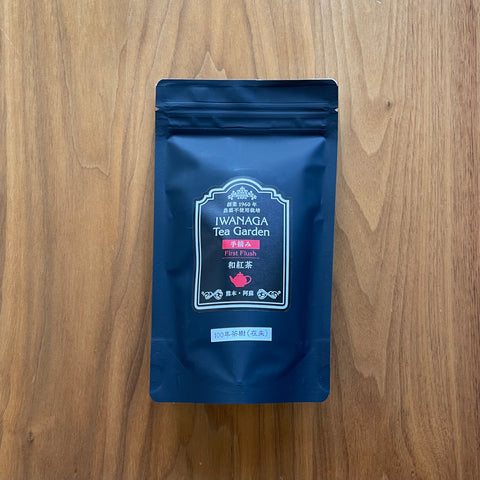 100 Years Old Tea Tree 1st Harvest Hand Picking Japanese Black Tea by Iwanaga Tea Garden
100 Years Old Tea Tree 1st Harvest Hand Picking Japanese Black Tea by Iwanaga Tea Garden
$ 35.00 -
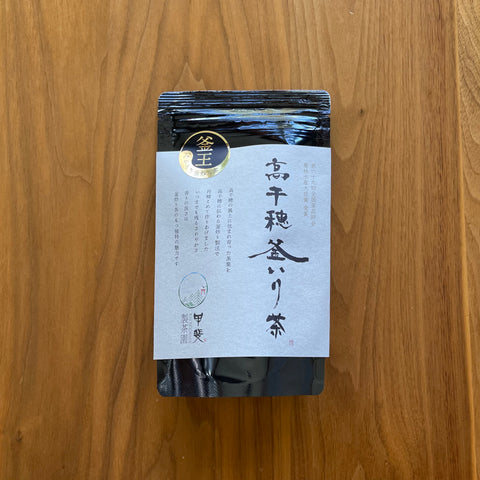 Premium Roasted Tea (Kamairicha) by Kai Seichaen
Premium Roasted Tea (Kamairicha) by Kai Seichaen
Sold Out -
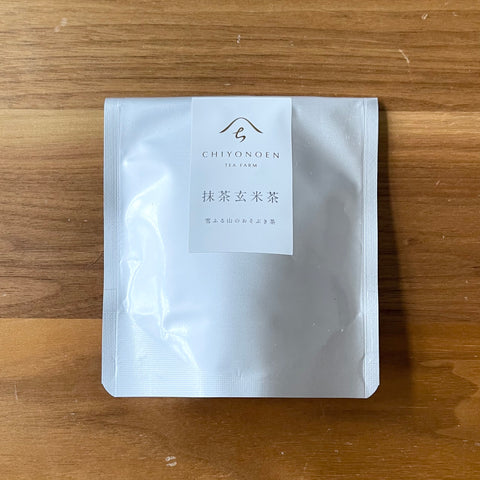 Organic Genmaicha with Matcha by Chiyonoen
Organic Genmaicha with Matcha by Chiyonoen
Sold Out -
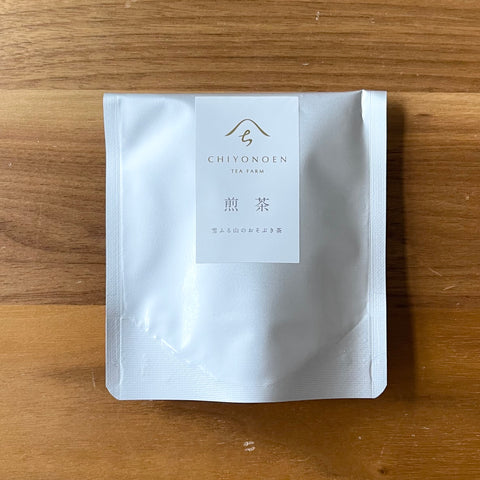 Organic Sencha by Chiyonoen
Organic Sencha by Chiyonoen
Sold Out -
 Izuminoshiro Matcha by Shogyokuen
Izuminoshiro Matcha by Shogyokuen
Sold Out -
 Iwainoshiro Matcha by Shogyokuen
Iwainoshiro Matcha by Shogyokuen
Sold Out -
 Toyomukashi Matcha by Shogyokuen
Toyomukashi Matcha by Shogyokuen
Sold Out -
 Hatsumukashi Matcha by Shogyokuen
Hatsumukashi Matcha by Shogyokuen
Sold Out -
 Seasonal - Ryoufuu Matcha by Yamamasa Koyamaen (Cold Brew)
Seasonal - Ryoufuu Matcha by Yamamasa Koyamaen (Cold Brew)
Sold Out -
 Seasonal - Wakaba Matcha by Yamamasa Koyamaen (New Leaves)
Seasonal - Wakaba Matcha by Yamamasa Koyamaen (New Leaves)
Sold Out -
 Edible Gold Leaf Inside - Keishuku Matcha by Yamamasa Koyamaen
Edible Gold Leaf Inside - Keishuku Matcha by Yamamasa Koyamaen
Sold Out -
 Seasonal - Kyouga Matcha by Yamamasa Koyamaen
Seasonal - Kyouga Matcha by Yamamasa Koyamaen
Sold Out
























